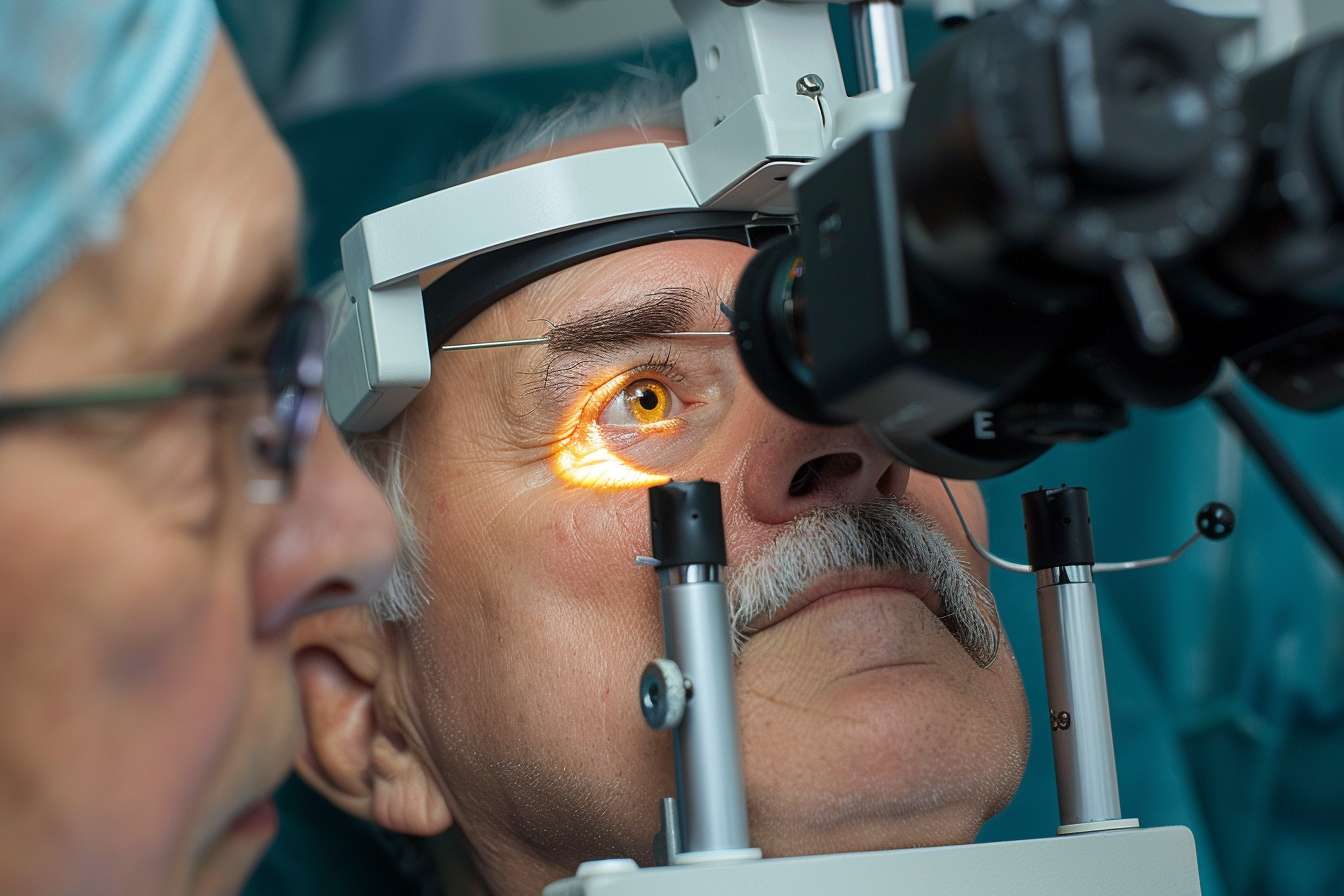Breast Cancer Treatment: Understanding Your Options and What to Expect
Receiving a breast cancer diagnosis can be overwhelming, but understanding your treatment options is crucial for making informed decisions about your care. This comprehensive guide will explore the various approaches to breast cancer treatment, from early detection to advanced therapies, helping you navigate this challenging journey with confidence.

-
Invasive lobular carcinoma (ILC): Cancer that begins in the milk-producing glands (lobules) and can spread to other parts of the breast.
-
Triple-negative breast cancer: A more aggressive form that lacks receptors for estrogen, progesterone, and HER2 protein.
Understanding your specific type of breast cancer is essential, as it influences treatment decisions and overall prognosis.
How is breast cancer detected and diagnosed?
Early detection of breast cancer is crucial for successful treatment. The primary methods for breast cancer screening and diagnosis include:
-
Mammograms: X-ray images of the breast that can detect abnormalities before they become palpable.
-
Clinical breast exams: Physical examinations performed by healthcare professionals to check for lumps or other changes in breast tissue.
-
Breast self-exams: Regular self-checks to familiarize yourself with your breast tissue and detect any changes.
-
Ultrasound: Sound waves used to create images of breast tissue, often used in conjunction with mammograms.
-
MRI: Magnetic resonance imaging, which provides detailed images of breast tissue and is particularly useful for high-risk individuals.
If a suspicious area is detected, a biopsy may be performed to determine whether cancer cells are present and, if so, their specific characteristics.
What are the main treatment options for breast cancer?
Breast cancer treatment is highly individualized and depends on factors such as the cancer type, stage, and the patient’s overall health. The main treatment options include:
-
Surgery: This may involve a lumpectomy (removing the tumor and surrounding tissue) or mastectomy (removing the entire breast).
-
Radiation therapy: High-energy beams are used to destroy cancer cells, often following surgery.
-
Chemotherapy: Drugs that kill cancer cells throughout the body, which can be administered before or after surgery.
-
Hormone therapy: For hormone receptor-positive cancers, medications that block or lower hormone levels to slow cancer growth.
-
Targeted therapy: Drugs that target specific proteins or genes involved in cancer growth.
-
Immunotherapy: Treatments that stimulate the body’s immune system to fight cancer cells.
How do doctors determine the best treatment plan?
Developing an effective treatment plan involves considering various factors:
-
Cancer stage and grade: Determines how far the cancer has spread and how aggressive it is.
-
Hormone receptor status: Indicates whether the cancer cells have receptors for estrogen or progesterone.
-
HER2 status: Determines if the cancer cells have high levels of the HER2 protein.
-
Genomic testing: Analyzes the genes in cancer cells to predict the risk of recurrence and guide treatment decisions.
-
Patient’s overall health and preferences: Considers age, general health, and personal treatment goals.
A multidisciplinary team of oncologists, surgeons, and other specialists typically collaborate to create a personalized treatment plan.
What are the latest advancements in breast cancer treatment?
Breast cancer research continues to evolve, offering new hope for patients. Some recent advancements include:
-
Targeted therapies: New drugs that specifically attack cancer cells while sparing healthy tissue.
-
Immunotherapy: Treatments that harness the body’s immune system to fight cancer.
-
Precision medicine: Tailoring treatments based on the genetic profile of the tumor.
-
Minimally invasive surgical techniques: Reducing recovery time and improving cosmetic outcomes.
-
Advanced radiation techniques: More precise delivery of radiation to minimize side effects.
These innovations are expanding treatment options and improving outcomes for breast cancer patients.
How can patients cope with breast cancer treatment and its side effects?
Undergoing breast cancer treatment can be physically and emotionally challenging. Here are some strategies to help cope:
-
Join support groups: Connect with others who understand your experience.
-
Maintain a healthy lifestyle: Eat a balanced diet, exercise regularly, and get adequate rest.
-
Seek mental health support: Consider counseling or therapy to manage emotional stress.
-
Explore complementary therapies: Options like acupuncture or massage may help manage side effects.
-
Stay informed: Learn about your treatment options and potential side effects to feel more in control.
-
Communicate with your healthcare team: Don’t hesitate to ask questions or voice concerns about your treatment.
Remember, every patient’s journey is unique, and it’s essential to work closely with your healthcare team to develop a treatment plan that aligns with your needs and goals.
This article is for informational purposes only and should not be considered medical advice. Please consult a qualified healthcare professional for personalized guidance and treatment.






